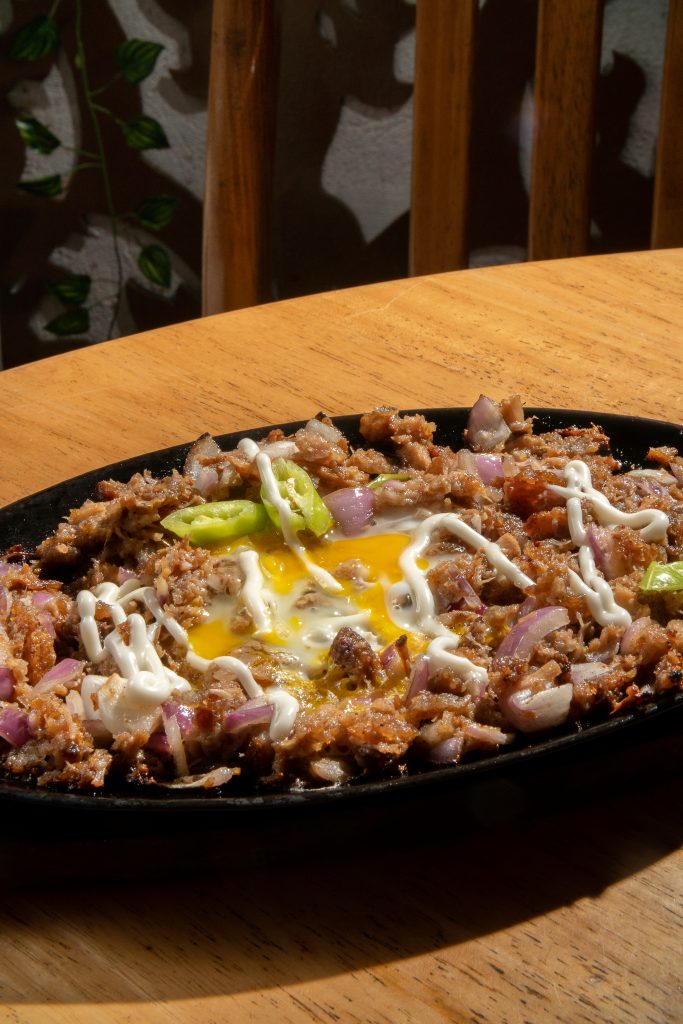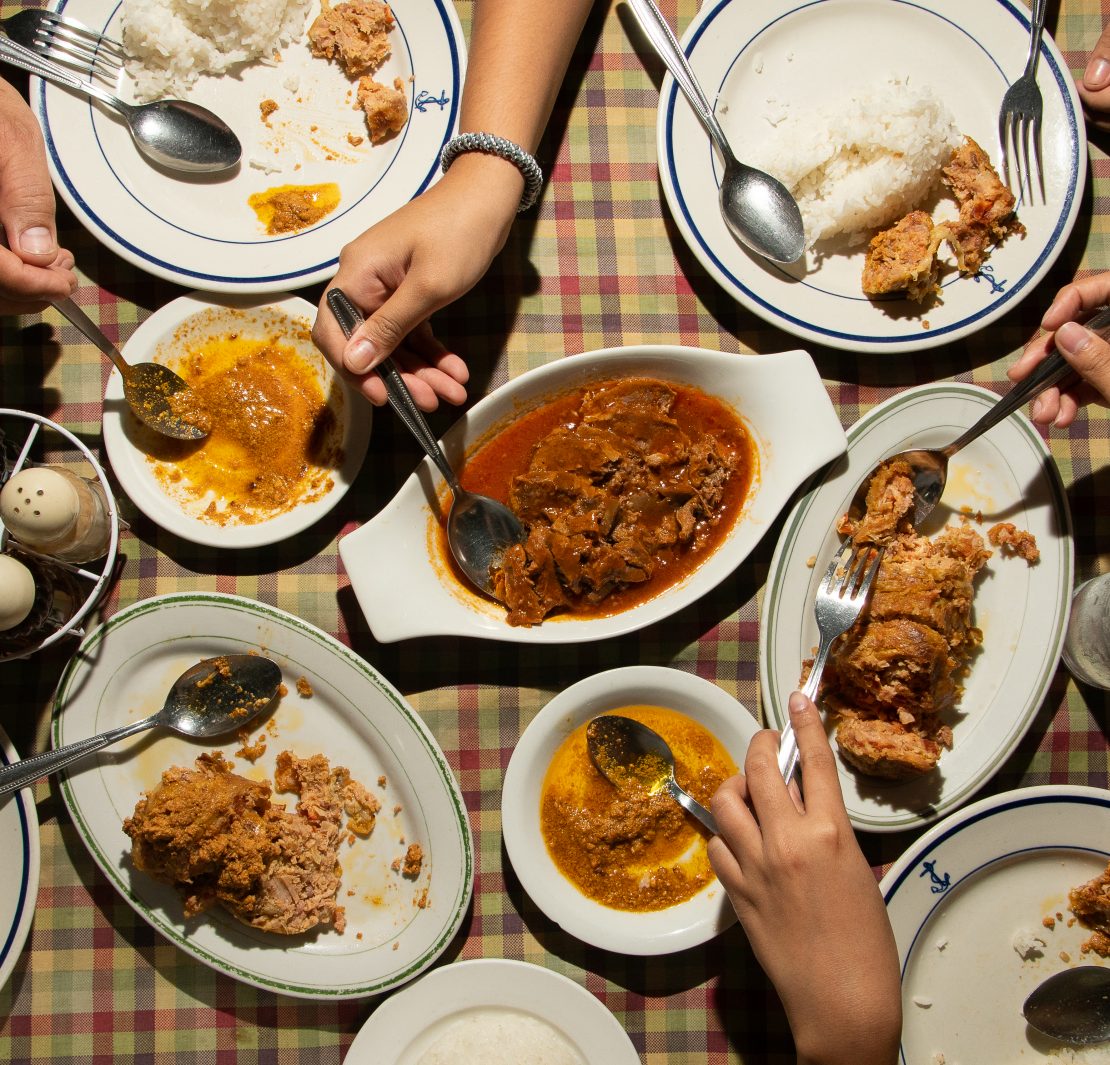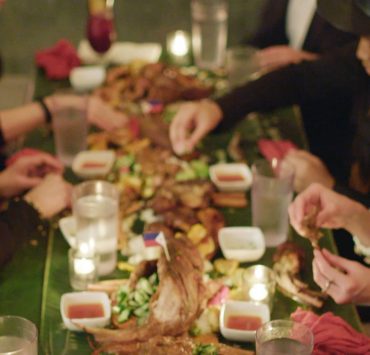“Food to the Filipino is history… [It] was shaped by the land in which it was born, and so were its cooking processes, ingredients, meal patterns, flavor principles, ways of serving, and social functions,” writes food historian Doreen Fernandez in Palayok: Philippine Food Through Time, On Site, In The Pot. Despite all the changes we have faced as a nation, Fernandez’s words remain true: Food to us will always be rooted in culture and our embodiment of home.
With April 2019 declared as the first Filipino Food Month, we went to uncover the stories behind local dishes straight from their hometowns, starting in the north with the local cuisines of Bulacan, Pampanga, and Rizal.
RIZAL
Bibingka
The bibingka is made differently in Rizal where Aling Kika or Francisca Legazpi-Cruz used to peddle on the streets a distinctive version of the native rice cake. Its version is vaguely similar to biko—cooked with coconut milk and brown sugar. The only difference is that, with respect to Aling Kika’s recipe, the bibingka is topped with latik and baked in a pugon oven.
Minaluto
Served in a family-sized bilao at art gallery-cum-restaurant Balaw Balaw, Rizal’s original minaluto is a literal feast with its chicken adobo, seafood, alagao leaves, salted eggs, and steamed okra all topped on a balaw-balaw–Rizal’s dish made of bagoong and angkak, or red rice fermented with mold spores that give it a pink shade.
Labong Lumpia
The Kawayan Farm Restaurant in Pulilla makes use of their abundance of bamboo by incorporating sautéed bamboo shoots—which they preserve in a brine solution—in their fresh lumpia. These shoots are edible and come from bamboo species Bambusa vulgaris and Phyllostachys edulis, in case you’re wondering.
BULACAN
Pancit Marilao
Pancit Marilao is a variant of the traditional palabok, only with more uncommon ingredients conceptualized by a certain Aling Simeona of Bulacan. Her pancit is crunchier than it is smooth, making it even more flavorful because she tops the rice noodles with okoy or deep-fried ground rice batter, baby shrimps, and vegetables. And instead of calamansi, Aling Simeona garnishes her pancit luglug with diced kamias.
Bagnet sisig
Sisig dishes aren’t exactly new in the north, given that the staple sizzling food originated there. But at a 161-year-old well-preserved bahay na bato-turned-restaurant in Bustos, sisig is offered in a different way: with bagnet. Coming from an heirloom recipe, Cafe Apolonio’s bagnet sisig is like an amped-up version of chicharon dosed in a savory and mildly sour sauce.

Puto at cotchinta
Sisig dishes aren’t exactly new in the north, given that the staple sizzling food originated there. But at a 161-year-old well-preserved bahay na bato-turned-restaurant in Bustos, sisig is offered in a different way: with bagnet. Coming from an heirloom recipe, Cafe Apolonio’s bagnet sisig is like an amped-up version of chicharon dosed in a savory and mildly sour sauce.

PAMPANGA
Morcon
At Everybody’s Café in San Fernando, a turo-turo well-known for serving homemade out-of-the-ordinary dishes since the ’60s, morcon is served in a way every meat-loving Kapampangan would crave: formed like an embutido and filled with ground pork and beef, chorizo, onions, raisins, eggs, and grated cheese. It is a lot like a delectable slow-cooked meatloaf.

Pangat sa Ulang
This dish simply translates to sinigang na hipon, but the Kapampangan process is not as simple as the usual method for making sinigang. In Binulo, a restaurant in Clark, the pangat is cooked and served straight out of a bamboo stalk—a way of cooking that they learned from the Aetas in the province. Poured along with the sour sinigang soup are four large, tender, and meaty prawns.

Adobong Fried Itik
As seen on this list, eccentric dishes in Pampanga don’t fall short of expectations. You can find different versions of fried itik all over the province. There’s a deep-fried version in San Fernando, one served with ensaladang pako in Angeles, and the adobo version, which you can find at 19 Copung-Copung Grill in Clark.

Get more stories like this by subscribing to our weekly newsletter here.
Read more:
4 restaurants in Angeles City to visit for an authentic Kapampangan food trip
This food historian wants you to explore your nearby wet market
A local’s guide to the best Siargao eats
Writer: AMIERIELLE ANNE BULAN
PHOTOGRAPHY SAMANTHA ONG and ARGYL LEONES




